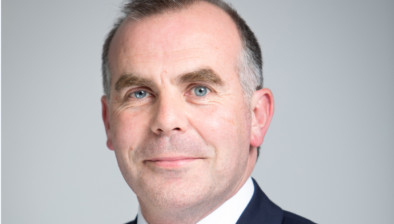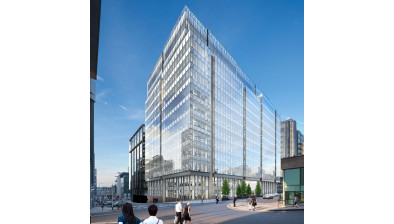Scottish house price rises will lag behind UK
 Research by BNP Paribas Real Estate indicates that house prices in Scotland will rise 11.4 per cent over the next four years.
Research by BNP Paribas Real Estate indicates that house prices in Scotland will rise 11.4 per cent over the next four years.
According to the firm the average home will cost £155,694 by 2020. But growth in the rest of the UK will be higher and out of 12 regions only the North of England and the North of Ireland at 8.1 per cent and 9.6 per cent respectively will have a lower rate of rise than Scotland.
The report finds that the performance of the bottom three regions “clearly reflects the economic challenges facing these regions, with a relatively high exposure to manufacturing and the oil & petrochemical sectors, during a time of weak global demand”.
The south west of England is at the top of the table with a predicted rise of 33 per cent in house prices.
The report also warns that build costs in Scotland are concerning house builders and developers and have a “potential impact on profit for sites acquired recently”.
Adrian Owen, head of residential at BNP Paribas Real Estate, said: “The average UK house price rose by 4.25 per cent in 2015, driven by a broad based recovery across the UK.
“The buoyancy seen during 2015 will persist into 2016 to deliver average growth of 4.7 per cent. However, there are downside risks in the form of the changing tax regime for buy-to-let investments and challenging economic conditions in some parts of the country.
“The regional economic implications of falling global demand in manufacturing and oil and gas sectors will take its toll on house price growth in those exposed regions.”
Not all experts are in agreement with the reports findings, however.
Dr John Boyle, director of research and strategy for Rettie & Co, told The Herald: “The market remains in a position of significant excess demand. We are only building at about 50 to 60 per cent of levels required for the last eight years and there is a shortage of stock, which all acts to push up prices.
“This does not look like changing much up to 2020, but lending should still be relatively tight given new regulations and a much more cautious approach by the banks than pre-2008, limiting growth.”










